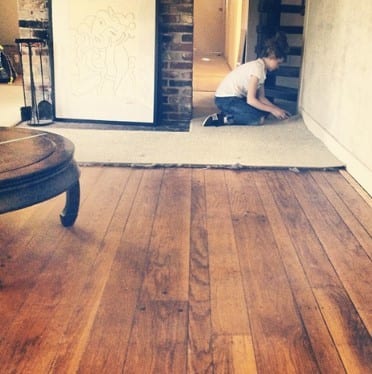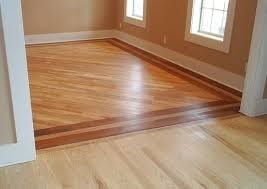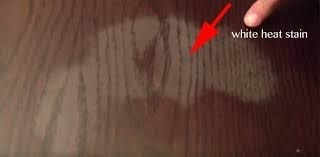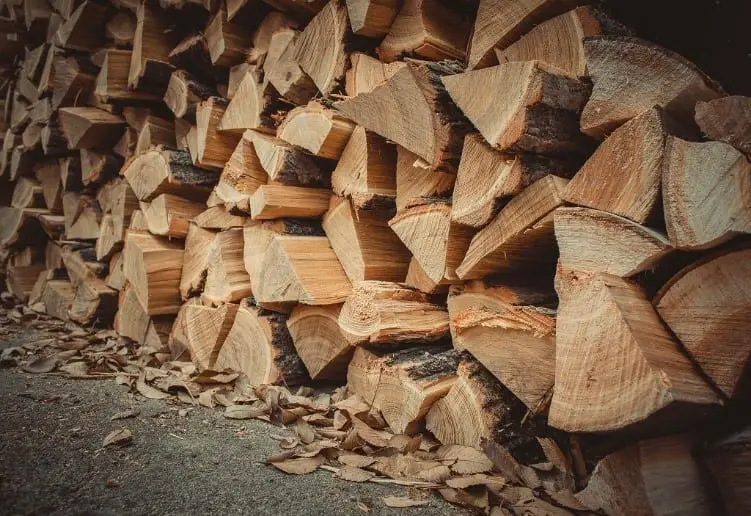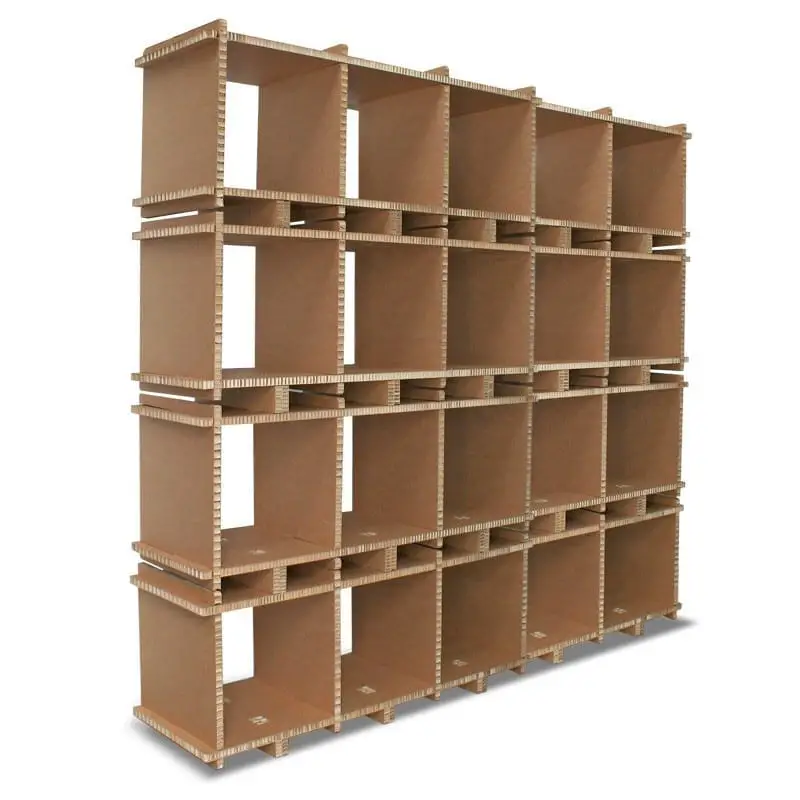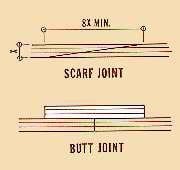Linoleum can make any floor look flawless. It is available in all kinds of designs, colors, and prints. It can also serve as a cover, to protect hardwood from traffic and furniture.
But despite its many advantages, there are some disadvantages as well, like when you need to remove linoleum completely.
How do you get rid of linoleum glue from your delicate wood floor?
This guide will tell you how it’s done the right and the non-messy way.
Removing linoleum glue on wood basics
Linoleum glue is very sticky and very hard to remove especially on hardwood floors. It is very hard to do especially when you are dealing with old linoleum.
Here are some steps to work with linoleum glue after you have successfully detached the top.
Things you will need
- Protective equipment (mask, gloves, and goggles)
- Scraper tool
- Heat gun
- Old towels
- Hot water
- Sharp knife
- Wallpaper steamer
- Oscillating scraper
Instructions
Before starting, a fair warning. Removing underlayment or linoleum glue is hard especially when it is on the hardwood floor. This is because aside from dealing with the glue, you are also taking risks to preserve your precious floor.
Adhesive usually adheres very well to the floor, especially for old linoleum. Earlier linoleum was fastened to the subfloor using an underlayment, which can contain tar.
If the linoleum in your home is very old and the underlayment is difficult to remove, consider the help of expert professionals.
Check for asbestos for older linoleum
Step #1
Old linoleum adhesive and paint may cause asbestos especially if the floor and linoleum have been installed decades ago. Work using goggles, gloves and, if possible, respirator mask to filter out asbestos fibers.

Source: https://www.wallyhome.com/blog/asbestos-fact-or-fiction/
Step #2
Remove a small piece of tacky paper or underlayment gunk to test for asbestos. Many older linoleum floors may contain asbestos tiles or sheeting, which can be dangerous if inhaled.
You can safely and efficiently remove asbestos at home but it would be easier if a professional abatement contractor deals with asbestos.

Source: https://www.wallyhome.com/blog/asbestos-fact-or-fiction/
Step #3
If you still want to proceed, you can make the asbestos less dangerous by dampening it with water before removing it. Wet asbestos doesn’t get airborne easily so this makes it less dangerous than dry asbestos.
Also be careful about dampening the underlayment especially if you have wooden floors.

Source: https://www.theflooringlady.com/how-to-remove-vinyl-flooring/
Step #4
Use a simple scraper tool to work with delicate linoleum. If you have delicate floors, scrape the adhesive or underlayment with a scraper tool.
Apply moderate to extreme pressure especially if the adhesive is very strong. This is a gentle but time-consuming way to remove linoleum adhesive from wood floors but it will reduce the risk of damaging the wooden subfloors.
This is a gentle but time-consuming way to remove linoleum adhesive from wood floors but it will reduce the risk of damaging the wooden subfloors.
Another way to get rid of linoleum glue from wooden floors is by using a heat gun plus an oscillating scraper. However, it could be difficult to get the oscillating scraper blade underneath the adhesive. The heat gun softens the adhesive so that this could be easily removed with the scraper.

Source: https://www.youtube.com/watch?v=hCFZPGC7z_g
Step #5
If you have durable subfloors, you may heat the adhesive. You can do this by boiling hot water and let this be absorbed for about 15 minutes. Apply water if the subfloor is concrete or a replaceable plywood because wood warping may occur with water, especially hot water, so be careful with salvageable hardwood subfloors.
Use old towels and line these on the area where you are working on. Now drench these with hot water. Let this remain on top of the floor until the water becomes cold.
After the adhesive becomes softer, scrape it away with a manual scraper. Use a larger scraper for moistened adhesive so you can cover more ground.
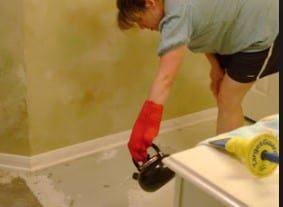
Source: http://frazzledmomparty.blogspot.com/2009/07/how-to-remove-linoleum-from-concrete.html
Step #6
Another way to dislodge linoleum glue is by using a wallpaper steamer. These are available from tool rental shops. Warm up the steamer and as this is starting to warm up, place the applicator pad of the steamer in one section of the adhesive and steam for 60 to 90 seconds.
Next, place the steamer on another section and scrape the previous area that was steamed. Use a scraper to remove the glue.

Source: https://wonderfulengineering.com/200-wallpaper-steamer-images-download/
Step #7
Clean by sweeping or vacuuming the newly exposed subfloor. This will remove all the debris on the floor so it will be ready for polishing.

Source: https://www.quora.com/Why-shouldnt-sweeping-mopping-be-done-at-night
Conclusion
Removing linoleum leaves a lot of glue which is usually very hard to remove. It takes some expert work to remove old linoleum as well since this may contain asbestos which is dangerous to health. But no doubt that after this much work, it will be great to see your lovely hardwood floors once again.
